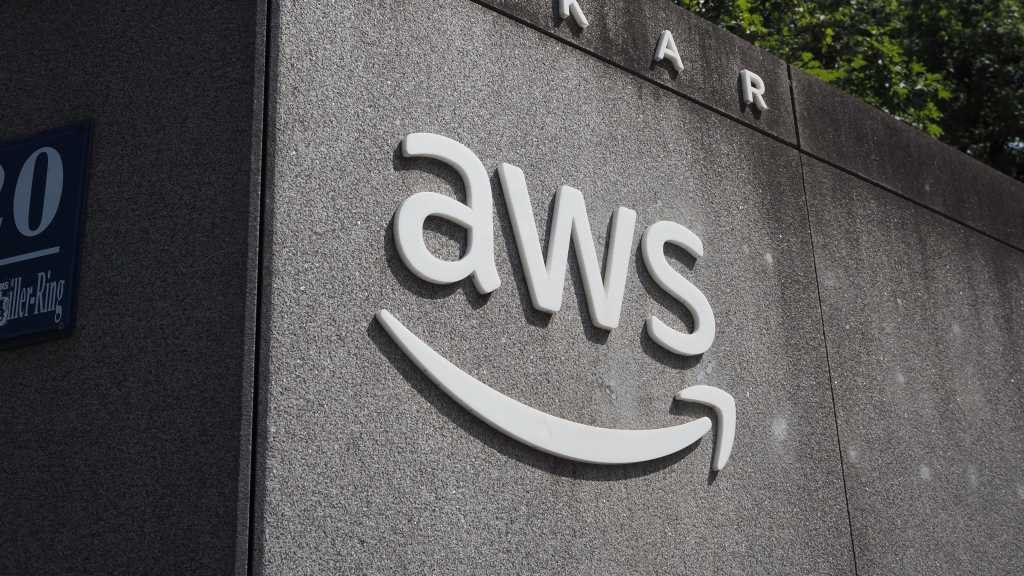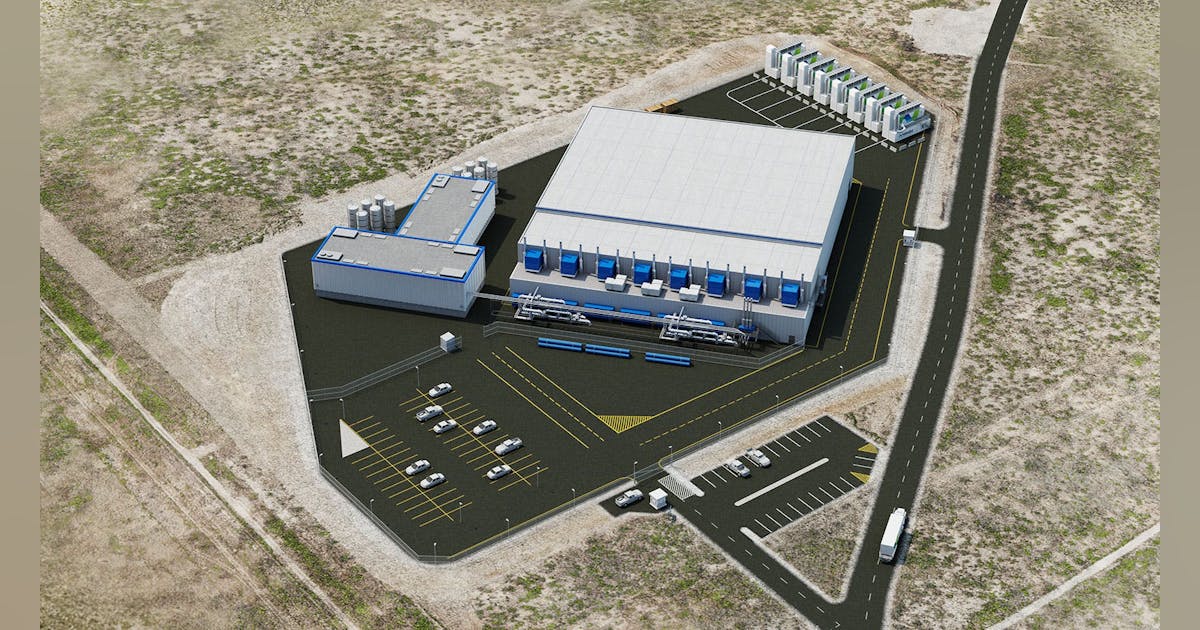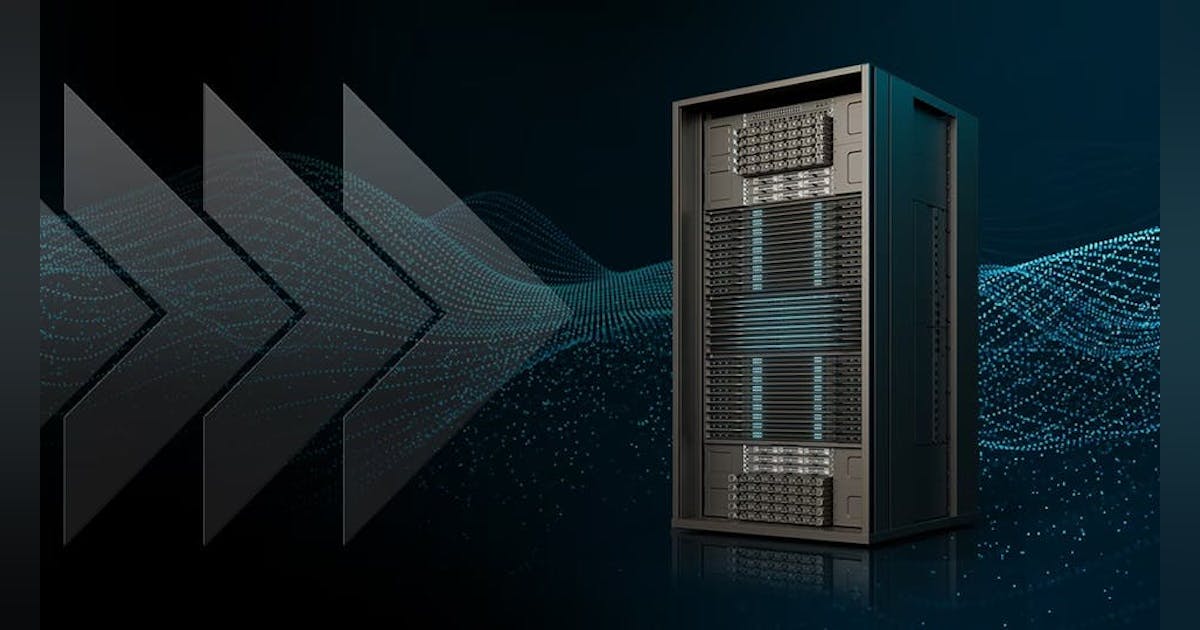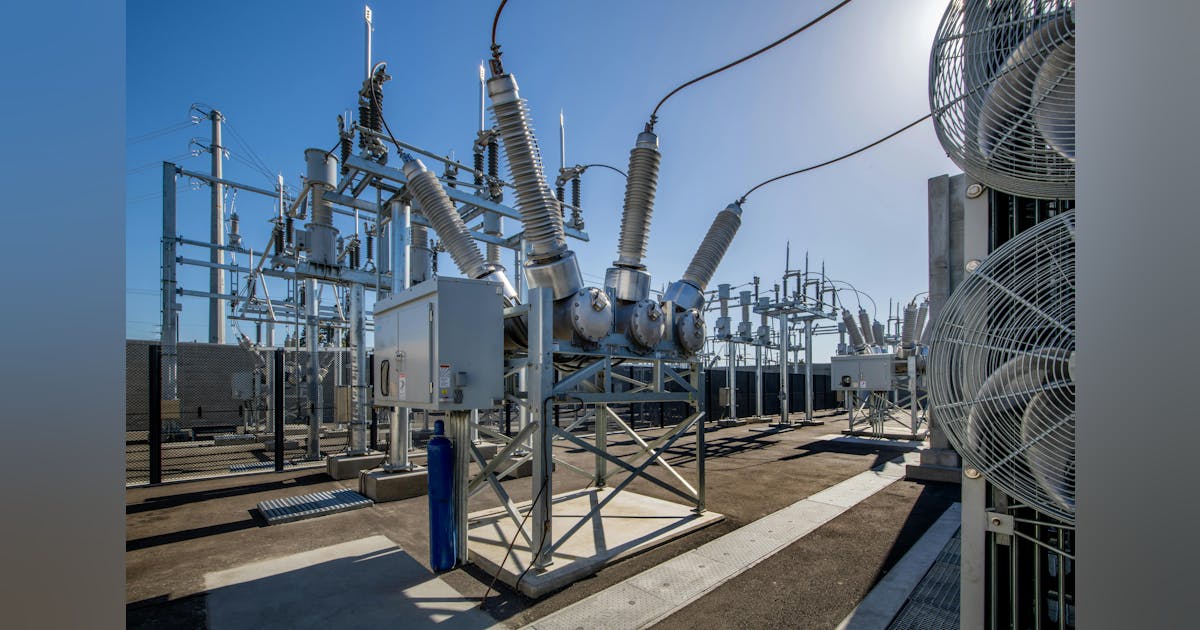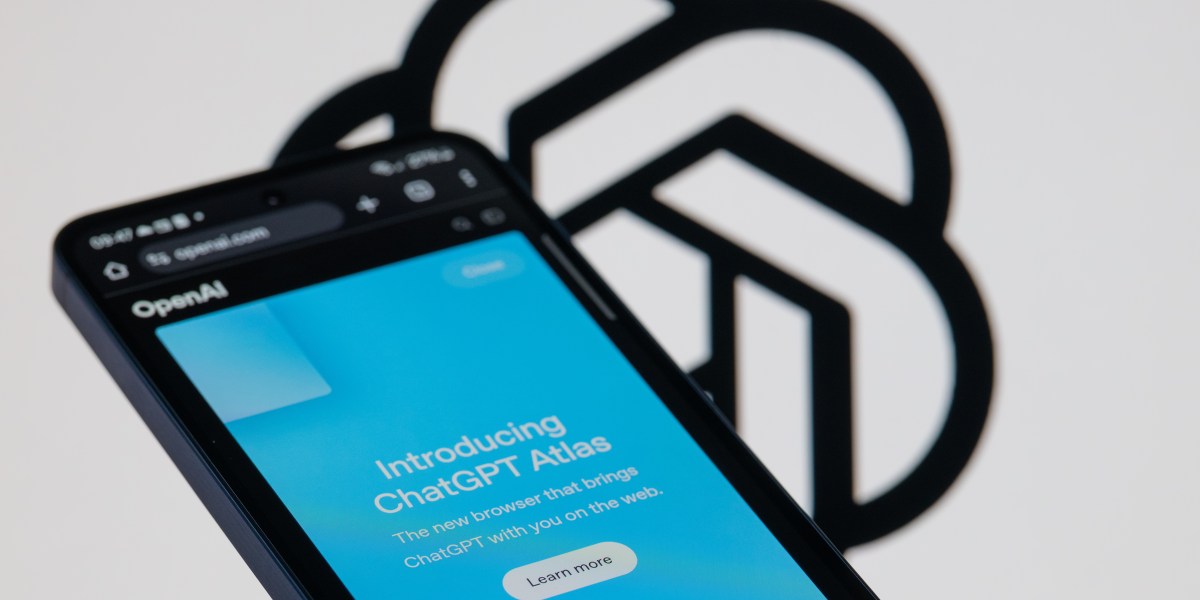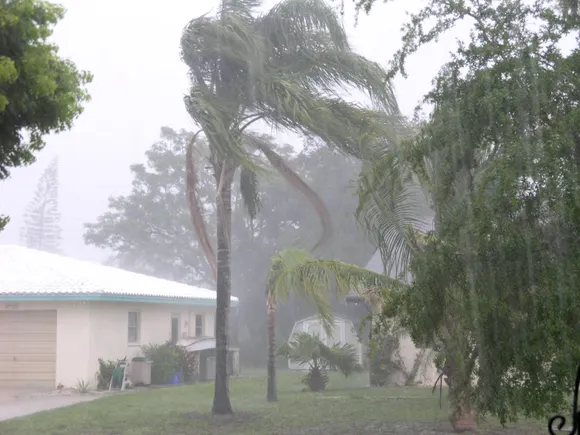
More than 2.5 million Americans depend on durable medical equipment, such as oxygen delivery systems, ventilators, and dialysis machines. For these vulnerable customers, even brief power interruptions can cause their equipment to malfunction, and longer outages can be life-threatening, if power isn’t restored quickly.
Yet the U.S. power grid is aging and under increasing pressure, struggling to keep up with rising electricity demand and extreme weather events. As a result, power outages are becoming more frequent and severe. The Department of Energy warns that blackouts could increase 100-fold by 2030 and recent studies show the severity of outages has grown 20% annually since 2019.
Battery storage systems give medically vulnerable customers reliable backup power when the grid fails, automatically activating within a few seconds to keep critical medical devices running. By providing this layer of energy resilience, batteries protect those most at risk while helping utilities enhance reliability and equity for medically dependent and underserved communities.
What are the challenges facing the grid?
Large portions of the U.S. grid were built decades ago and are now due for modernization, says Baalaji Dhanabalan, Vice President overseeing the Energy Resiliency Portfolio at Resource Innovations. Aging equipment from transformers to substations requires greater upkeep and investment to maintain reliability, he adds. This is compounded by the rise in extreme weather events and the growing demand for power driven by widespread electrification.
As a result, utilities are increasingly concerned about how to keep the grid reliable, affordable and resilient, notes Dhanabalan. To meet these challenges, many are investing in grid modernization and resiliency programs that include distributed energy resources, such as home batteries and solar panels, as well as demand response programs that encourage customers to reduce or shift their electricity use during times of peak demand.
These programs aim to lower electricity demand and ease pressure on the grid, creating a more flexible system that can respond to sudden spikes in demand or localized outages. This not only mitigates the risk of power failures and dependence on expensive, carbon-intensive peaking power plants, but also enables customers to actively manage their energy use, offering more flexibility, potential cost savings and a source of electricity during outages.
How do home battery programs help?
“Battery storage programs help to flatten peak loads, lowering the need to activate gas-fired peaking plants, which ultimately lowers operational costs, cuts emissions and improves grid efficiency,” explains Dhanabalan. “Distributed battery systems also strengthen grid resilience — they can isolate and power critical neighborhood loads during outages or extreme weather.”
The benefits grow as more home batteries are added to the network. When linked together, they can operate as a virtual power plant, communicating in real time to balance supply and demand across the grid and further enhance reliability.
Batteries maximize the value of rooftop solar by storing surplus energy produced during the day. That stored power is available at night when solar production stops, and it also helps the grid manage peak demand more efficiently. For vulnerable customers, pairing solar panels with a battery provides an added layer of protection, enabling them to keep charging their battery in the daytime even if the grid is still down.
Many customers who participate in battery storage programs come from underserved or hard-to-reach communities, including seniors, medically vulnerable residents, and people with access or functional needs, Dhanabalan notes. “Providing them with batteries not only supports resilience but also builds trust between utilities and their customers.”
How do battery programs work?
Medical baseline customers are an ideal starting point for introducing or expanding home battery programs.
Customers participating in energy resiliency programs receive advance alerts from utilities about planned Public Safety Power Shutoffs (PSPS), Dhanabalan explains. Enrolled customers typically receive notifications by email or text two days before a shutoff, including details on the expected duration and guidance on preparing, such as charging portable batteries or ensuring permanent battery systems are ready.
“While not every customer reads every message, adoption and engagement in these programs has been very high,” says Dhanabalan. “Our data shows that the vast majority of customers open and read these notifications, and overall satisfaction with the program has been strong,” he notes. “This means most customers are aware of the program and the resources available to them during planned outages.”
6 ways batteries benefit vulnerable customers
For most people, power outages are an inconvenience but for some, they can be life-threatening. Here are some of the ways that batteries specifically support your most vulnerable customers during an outage.
#1 Keep medical equipment running when the grid fails
When the grid fails, critical medical devices such as CPAP and Oxygen concentrators can stop working, putting lives at risk. Portable and permanent batteries provide a reliable backup power source, ensuring these devices keep working when the grid fails.
“Power outages can become life-threatening, especially for seniors or people with chronic conditions,” says Dhanabalan. “During extreme heat waves or winter storms, losing access to heating, cooling, or medical equipment adds serious health risks.”
#2 Enables smooth transition between power sources
Most home batteries are designed to provide a smooth, nearly seamless transition during a power outage. This means they automatically disconnect from the grid and turn on when there’s an outage. This switchover is typically so fast that most medical devices don’t even reset or power off.
#3 Maintains communications
For medical baseline customers, having access to communication and information is essential. In addition to powering medical equipment, batteries can supply electricity to other critical devices, including smartphones, tablets and the internet, so that customers can stay connected to caregivers and emergency services as well as receive utility updates during outages.
#4 Supports refrigeration of medications if needed
Medications, such as insulin, must be kept at a consistent and cool temperature to be effective. During prolonged outages — especially in rural or high-risk areas where power restoration can take longer — batteries play a vital role in keeping refrigerators running, Dhanabalan says. Providing backup power ensures that medically vulnerable customers can safely store their medications and other temperature-sensitive supplies.
#5 Provides portable backup in case of relocation or emergency
Portable batteries are not fixed in place, which means medically vulnerable customers can take them along if they need to relocate during severe outages or extreme weather events. This ensures they can maintain power for essential medical devices, communications, and refrigerated medications even when away from home, offering reliability and peace-of-mind in emergency situations.
#6 Offers safety and security
“All the batteries we install come with a mobile app that shows how much power remains in a battery and the rate at which it is being used,” explains Dhanabalan. “This gives vulnerable customers a clear understanding of their available reserve and helps them manage their energy so that their stored power goes farther,” he adds. “For those with solar paired to their battery, excess solar energy during the day can recharge the battery, providing extra backup when it’s needed most.”
Portable and permanent batteries provide medically vulnerable customers safety, reliability and peace-of-mind while helping utilities to build trust and strengthen relationships with their communities. Resource Innovations supports utilities in implementing battery programs, by managing the entire process — from program design and customer outreach, to installation, permitting and reporting. By working closely with each customer to understand their unique needs, RI designs battery systems that are tailored to each household’s requirements while also delivering benefits to the grid. Customers who participate in the programs RI manages often describe a renewed sense of confidence and independence — knowing their homes and medical equipment will stay powered even during extended outages. They consistently highlight the care, communication, and responsiveness of program teams, which helps them feel supported and reinforces their trust in these resilience initiatives




